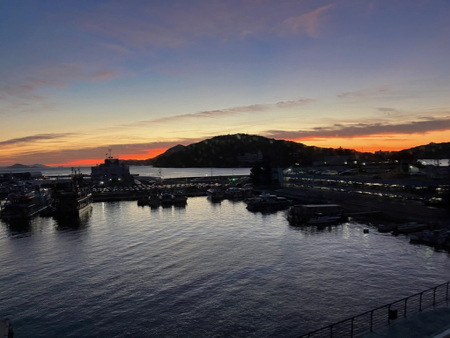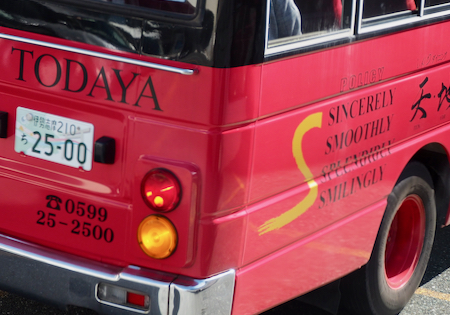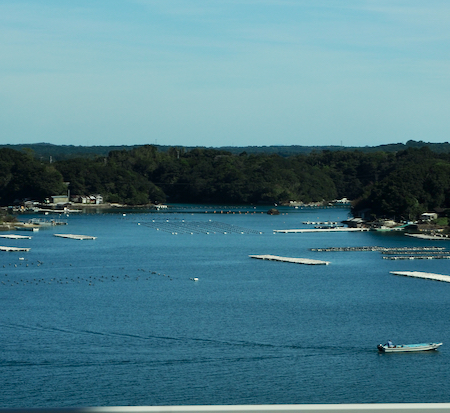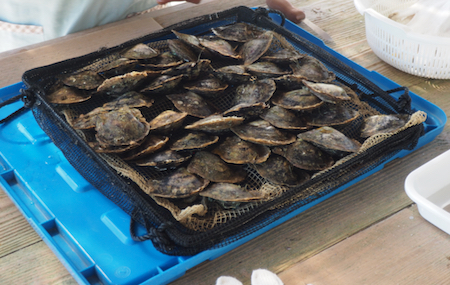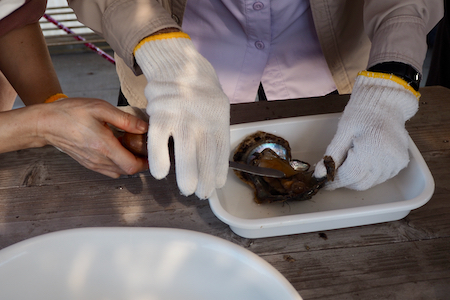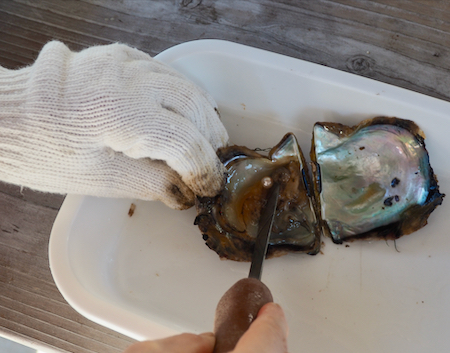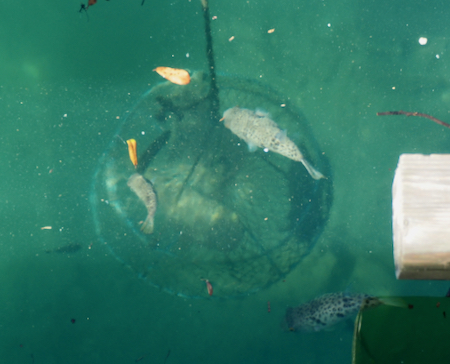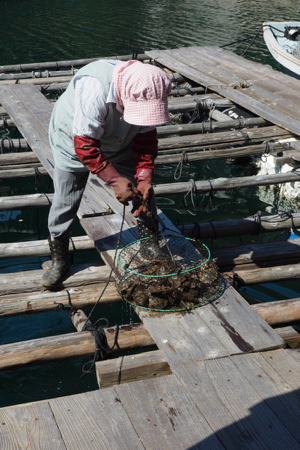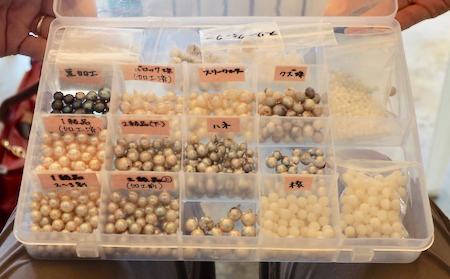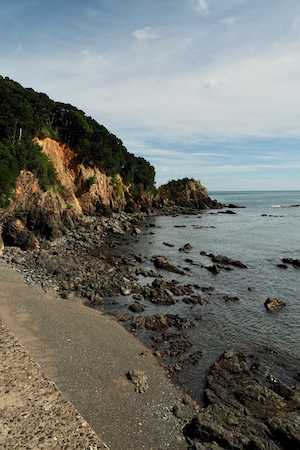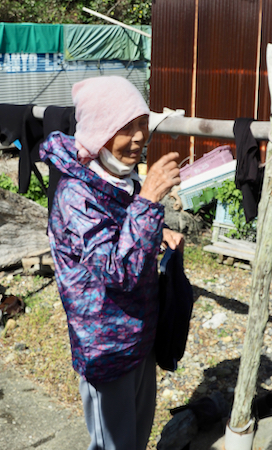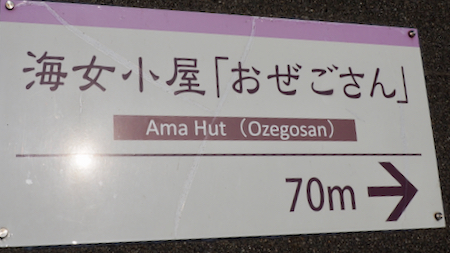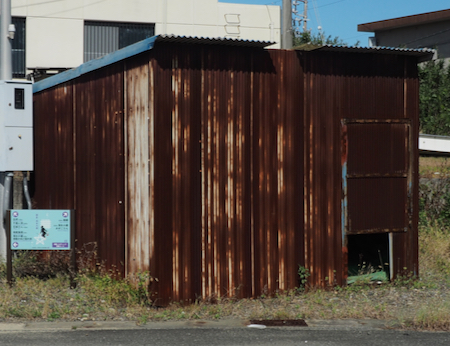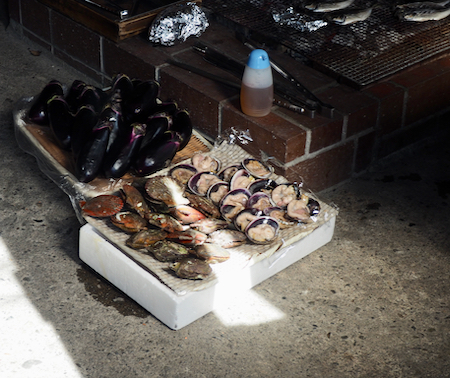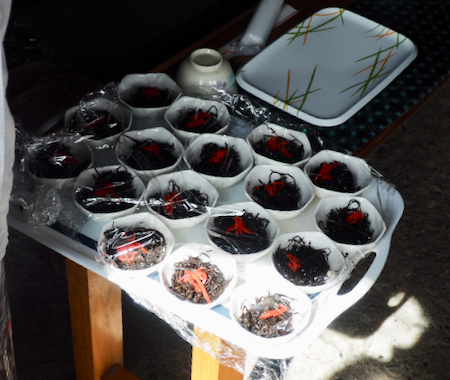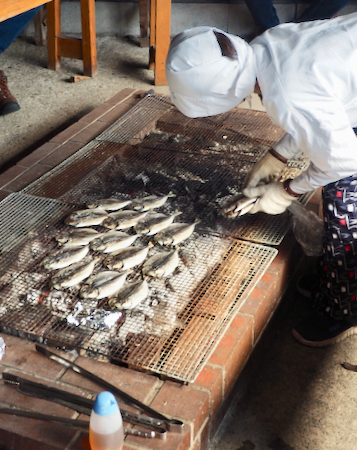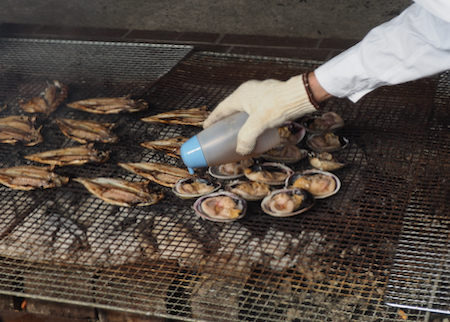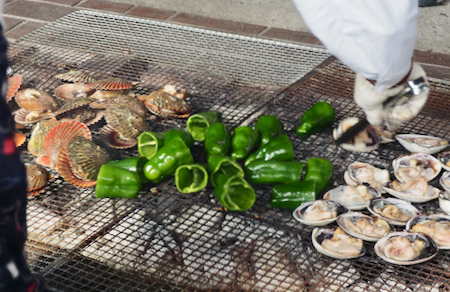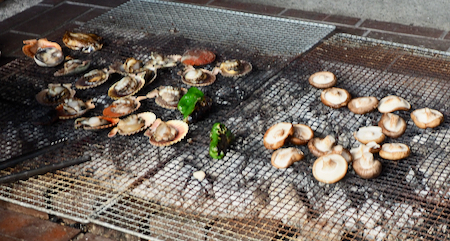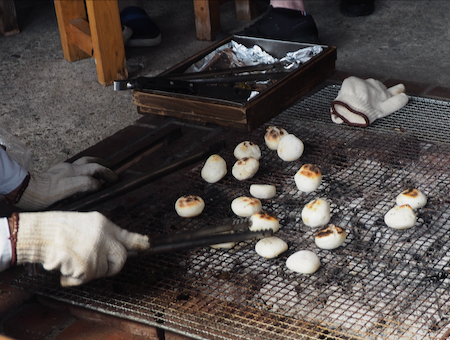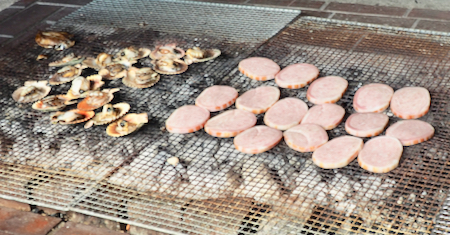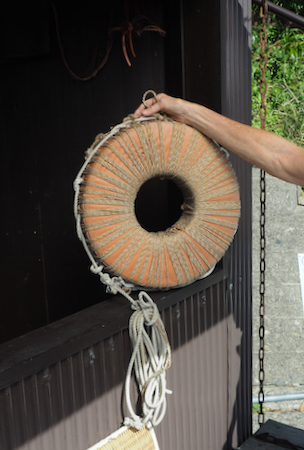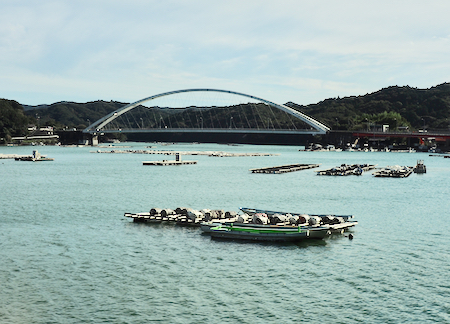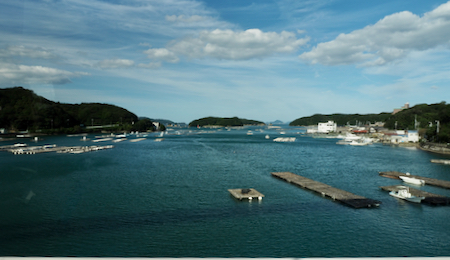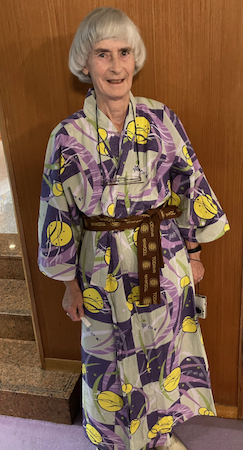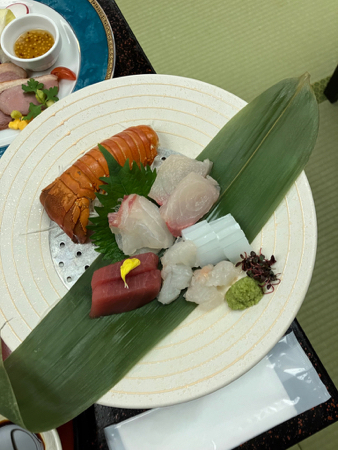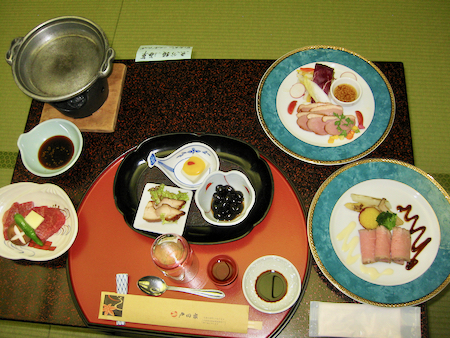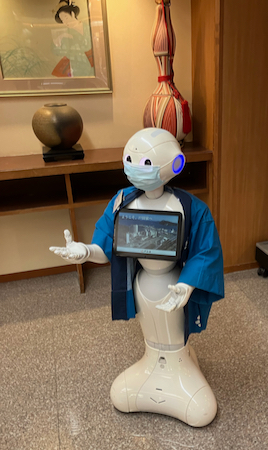Tues., 10/11 - Toba
Today's excursion was to the coast to learn about pearl fishing and women who free-dive.
Sunrise from our hotel room in Toba
Notice the motto on the side of the bus
The Japanese use every bit of available land to grow food
Interesting bridge tower
Bay near the Pearl - Oyster Farm - Farm Mi Ki
Oyster boat near the Pearl - Oyster Farm - Farm Mi Ki
At the pearl farm, called Farm Mi Ki, we learned that the oyster egg and sperm seeds are put in the sea. They grow into shells in two or three years. The mature oyster is opened and a nucleus and tissue from Mississippi River oysters (or mussels) is surgically implanted into the mature ovary tissue. In one or two more years a pearl develops.
We each got to open a shell and remove a pearl, shine it in salt, wash it off, and keep it.
Tray of pearl oysters
Opening the shell
Finding the pearl
Removing the pearl
Oyster cage in the water
Oyster cage
Oyster cage
Different grades of pearls
Scenic shoreline
After finding our pearls, the bus took us to lunch at a place run by women who free-dive for a living.
A "comfort stop" was followed by a look at baskets of oysters just unloaded from the boats. The oysters in the baskets had been sorted for sale.
Cute
Baskets of oysters
Seems a bit contradictory
Next, we met a woman drying her wet suit. She is 88 years old and has been free-diving since she was 16.
There are still about 100 divers and only five are men. The women go out by boat, dive from 9 to 10:30 AM. (The time is controlled by government law.) During the dive, they are down for about 1-minute while they harvest turban shells, at this season of the year. Between dives, they rest on a life-ring float with a net attached which holds their catch. The divers repeat this sequence until the boat comes back for them. Their equipment includes wearing a mask and fins and a weighted diving belt. No oxygen is used. They free-dive 15- to 25-feet deep in the sea. Apparently many of the women are in their 60's to 80's - amazing.
88-year-old free diver
When the divers return to shore, they are usually very cold so they go into corrugated huts, called an Ama Hut, to warm up. The sun strikes the hut and it becomes very warm inside.
Ama Hut
Three of the women free-divers cooked us lunch on an open charcoal grill inside a smoky hut. Gale had no fish, but they cooked mackerel, clams, scallops, etc. for the group. Gale ate the green peppers, mushrooms, eggplant, rice cake, and Spam. They also gave her two baked sweet potatoes and mushroom soup instead of miso. It was all very good.
Eggplant and oysters
Unknown
Mackerel
Seasoning
Scallops
Green peppers, etc.
Scallops and mushrooms
Mushrooms
Spam
Tray of food
Float used by the divers
Bay and bridge
Bay and boats
For dinner, we all dressed in our kimonos and ate a formal, Japanese dinner. Gale had roast beef, but most of the rest of the meal was the same for all of us, unidentifiable little dishes of who knew what.
After dinner Kay showed half of us how to fold origami samurai hats and paper cranes to be taken to Hiroshima and left at the Children's Peace Monument.
How to deal with the rice
Sashimi
Dinner
Cute robot programmed (AI) to greet visitors and answer questions
| Return to Top | Return to Itinerary | Return to Trips page to view other trips | Return to Dreamcatcher Home Page |
